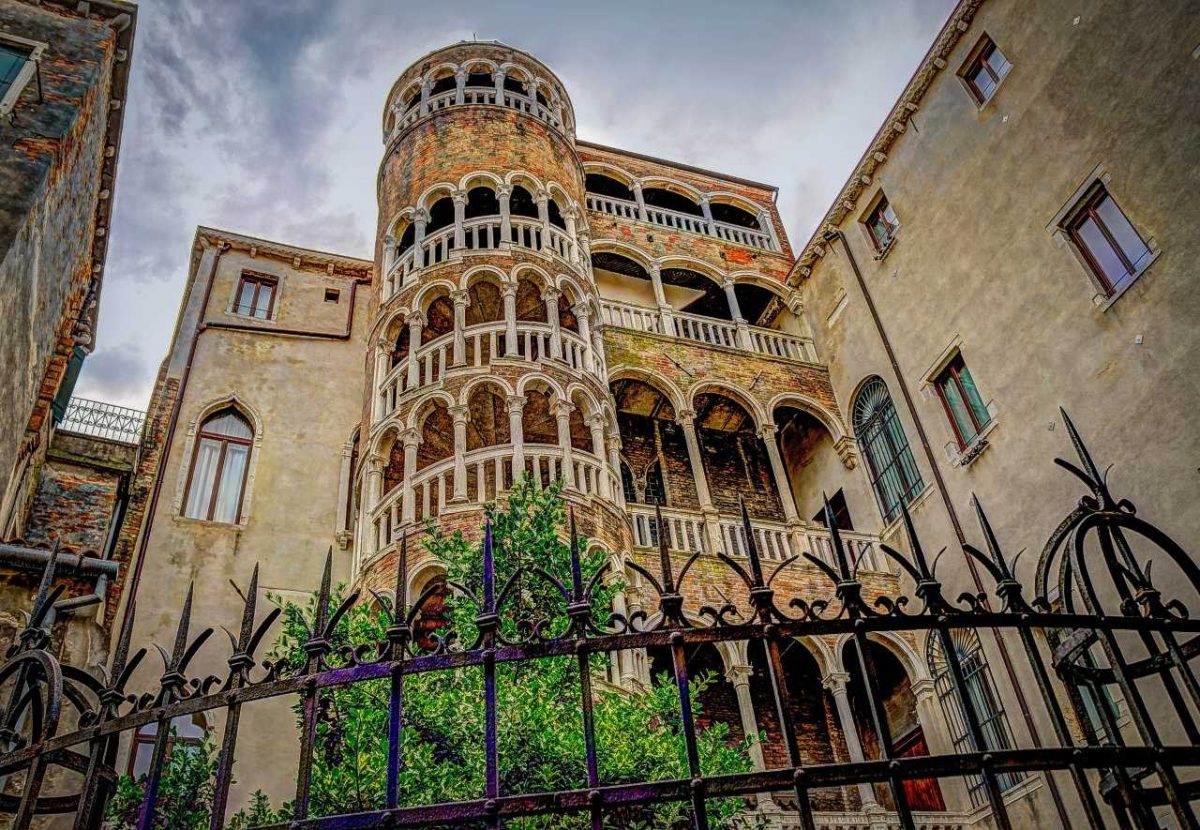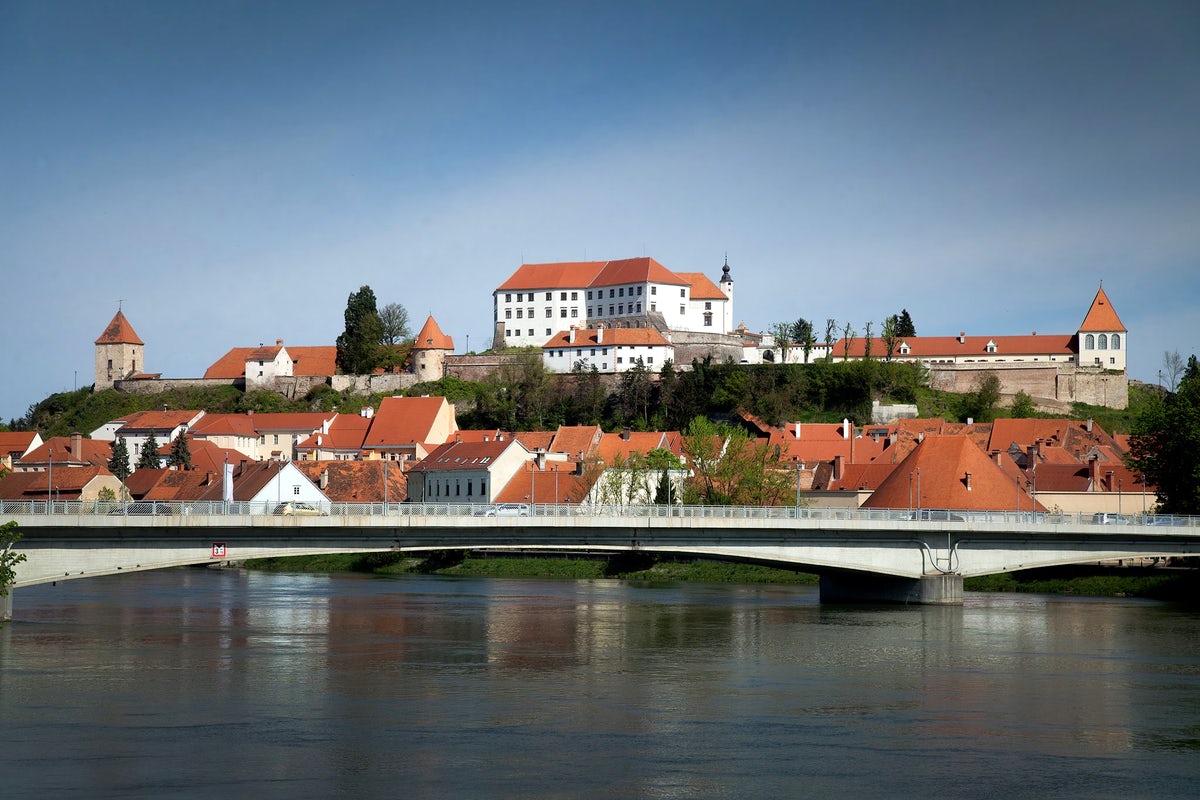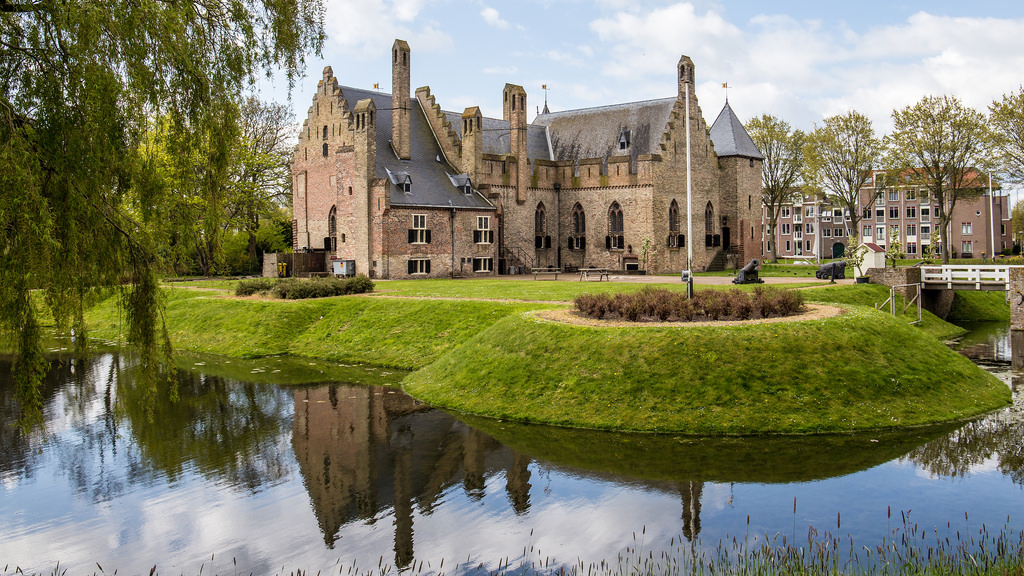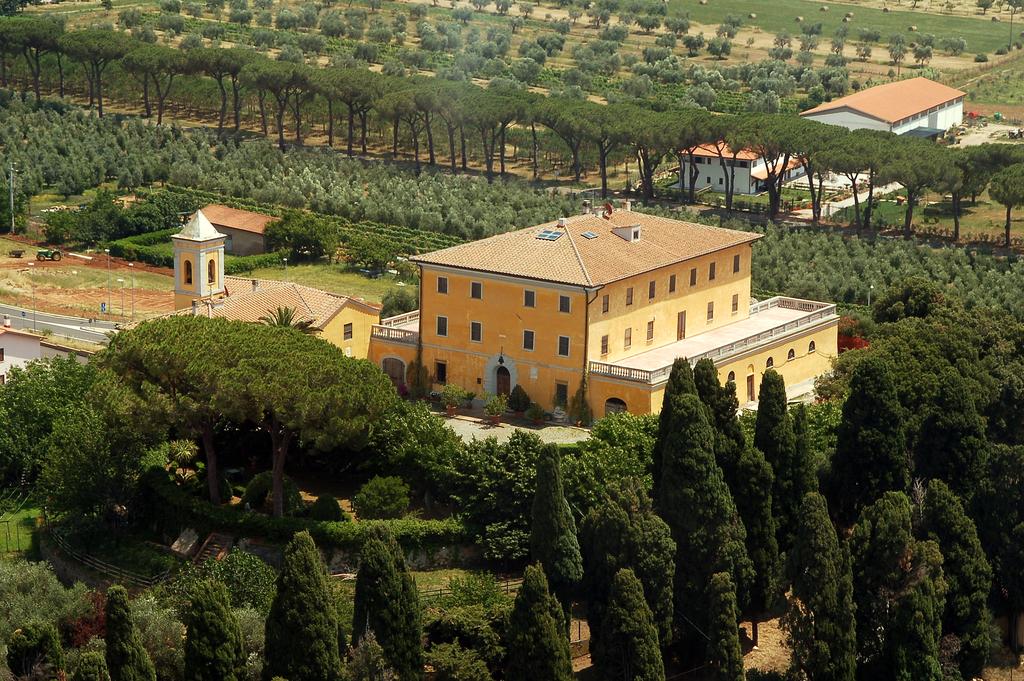In its long existence, Palazzo Contarini del Bovolo, whose history spans five centuries of Venetian history, has had several owners. Many have been the tenants who have lived, not always in luxury, in the rooms of this "casa fontego" of evident late-Gothic taste.
The importance of the palace, which does not overlook the Grand Canal, is due to the privileged position it occupies in the urban fabric: in fact, it is equidistant from Rialto, the economic heart, and from San Marco, the political heart of Venice.
In-depth stylistic studies agree in attributing the design of the Scala del Bovolo to a local craftsman, the Venetian Giovanni Candi, and the transformation works that involved the internal courtyard with the opening of loggias can also be dated to the same years.
This set of interventions bears witness to the slow spread in the Lagoon of a more marked Renaissance taste, "grafted" in the city through artists and craftsmen from Tuscany who had arrived in Venice. The sequence of overlapping loggias is the connecting element between the tower and the adjacent palazzo, which has four floors – in addition to the ground floor – and is the result of the fusion of two buildings: a trapezoidal block built around a central courtyard (the oldest nucleus), to which a rectangular building was added.
Towards the end of the fifteenth century the palace was enriched with a "bizarre and graceful" spiral staircase (in Venetian "bovolo", hence the name) commissioned by Pietro Contarini, a scion of the powerful Contarini family of the San Paternian branch which in the fourteenth century could boast the high honour of having given a doge, Andrea Contarini, to the Serenissima Republic. The original construction of the building dates back to the xiv century.













